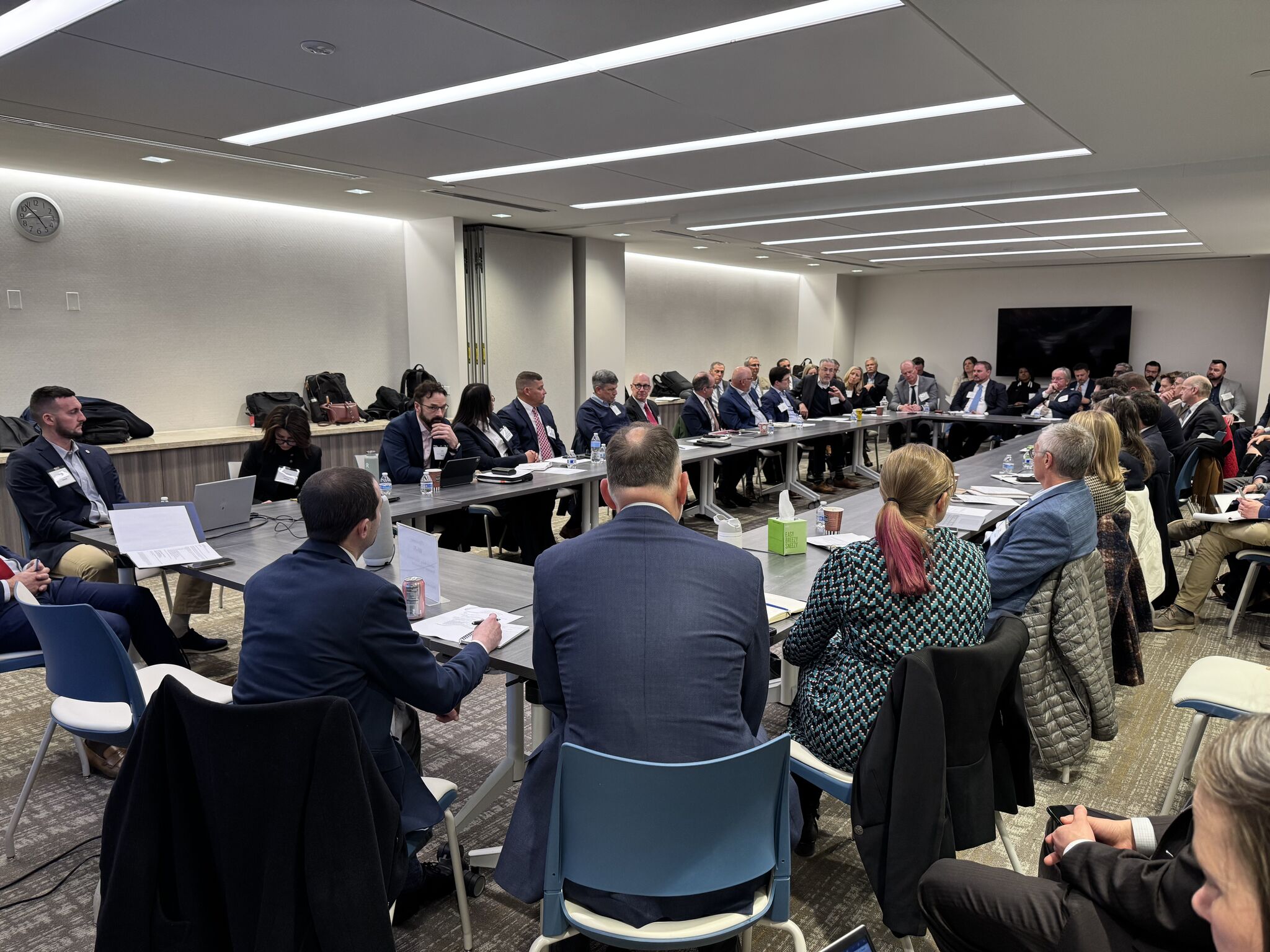The Key Bridge disaster is a wake-up call for US infrastructure | GUEST COMMENTARY

President Biden visited the site of the collapsed Francis Scott Key Bridge in Baltimore, which has been called a “mangled mess,” on Friday, mourning the loss of the six workers killed in the accident. The economic impact of this accident is significant and goes far beyond the bridge itself. The disaster should serve as a wake-up call to ensure that all bridges, as well as all marine infrastructure in general, can withstand such a collision. Rebuilding the Key Bridge offers the chance to bring American infrastructure delivery up to rest-of-world standards through better cooperation between the public and private sectors.
The core of such cooperation is a long-term contract between the public and private sectors known broadly as a “public-private partnership” or PPP. The success of public-private partnerships in building, operating and maintaining all areas of infrastructure can be seen all over the country; and the future of PPP starts with improving public policy, including assessing standards.
The central aspect of a PPP is that it bundles or “wraps” the design and construction of a piece of infrastructure together with its operation and maintenance over the long term, such as 25 or 30 years. A PPP might also include private-sector financing to cover the new bridge’s substantial design and construction costs. Because the Key Bridge featured all-electronic tolling, a user-fee funding source already exists to help pay for the new bridge over time. This means that the new bridge can be delivered quickly under a “toll concession” agreement.
The federal government already committed some funding to reconstruct the Key Bridge. However, a new bridge will be expensive and will cost more than this initial commitment. A PPP for the Key Bridge would combine design and construction with operation and maintenance — and include provisions to ensure that the infrastructure is properly maintained. This would reduce the likelihood of deferred maintenance, one of the main problems plaguing U.S. infrastructure today.
Rather than simply bouncing back from this disaster, a long-term PPP provides the opportunity to “bounce forward.” Since the Key Bridge first entered into service in 1977, a quiet, but vast, technological revolution has occurred in infrastructure. Improvements in materials (such as concrete and asphalt), sensors, designs and much more are readily available. These improvements can be incorporated into the new bridge’s design and construction, as well as its operation and maintenance by “future-proofing” PPP contracts with the private sector.
PPP contracts include operation and maintenance over the long term, which risks locking in outdated technologies. Future-proofing refers to the risk of not adopting available innovative technology and design standards well into the future. A future-proofed contract thus ensures that private capital, incentives and expertise are deployed to make U.S. infrastructure as resilient as possible for decades to come.
Moreover, many U.S. infrastructure projects notoriously run over both time and budget. When completed, Phase 1 of New York’s Second Avenue Subway, for example, cost about $2.5 billion per mile. That is 8 to 12 times more expensive than similar subway projects in Sweden, Italy, Paris, Berlin and Istanbul. There is no need for the new Key Bridge to suffer the same fate. A PPP contract puts the risk of time and cost overruns on the private partner rather than the taxpayer. The private partner can be incentivized to deliver the project on time via financial penalties for late delivery and rewards for delivery ahead of schedule. A PPP would deliver the new bridge faster.
PPPs also allow projects to cut through much of the bureaucracy that often slows U.S. projects. America has typically used a design-bid-build (DBB) approach, where a government entity first bids out the bridge’s design and then bids out the chosen design separately. Combining and integrating the design and construction into a single project allows for quicker delivery and more synergies between design and construction firms. New York’s widely acclaimed new Tappan Zee Bridge was built using such a contract.
The United States is decades behind many other countries where the use of PPPs is standard. Despite the suffering caused by this tragic accident, it provides an opportunity for Maryland to “bounce forward” and prevent future degradation of current infrastructure systems.
R. Richard Geddes (rrg24@cornell.edu) is a Nonresident Senior Fellow at the American Enterprise Institute, a professor in Cornell’s Jeb E. Brooks School of Public Policy and the Founding Director of the Cornell Program in Infrastructure Policy. He is a 1984 graduate of Towson State University.
Related
How SenseiNode Is Building Proof-of-Stake Infrastructure in Latin America
A lot of attention is paid to the decentralization of the Bitcoin network.Bitcoin miners should set up shop in a number of different jurisdictions in order to p
The Infrastructure of Racial Justice Is Under Attack. We Must…
President Donald Trump began February with a proclamation that Black History Month offered “an occasion to celebrate the contributions of so many Black Am
Bomb threat found “non-credible”: American Airlines after Delhi-bound flight diverted…
American Airlines has said that the "bomb threat on board", due to whi
Big infrastructure investment plans take shape in America
Amtrak and dozens of major industry partners representing construction, manufacturing, rail supply, engineering, and other sectors convened for an industr













